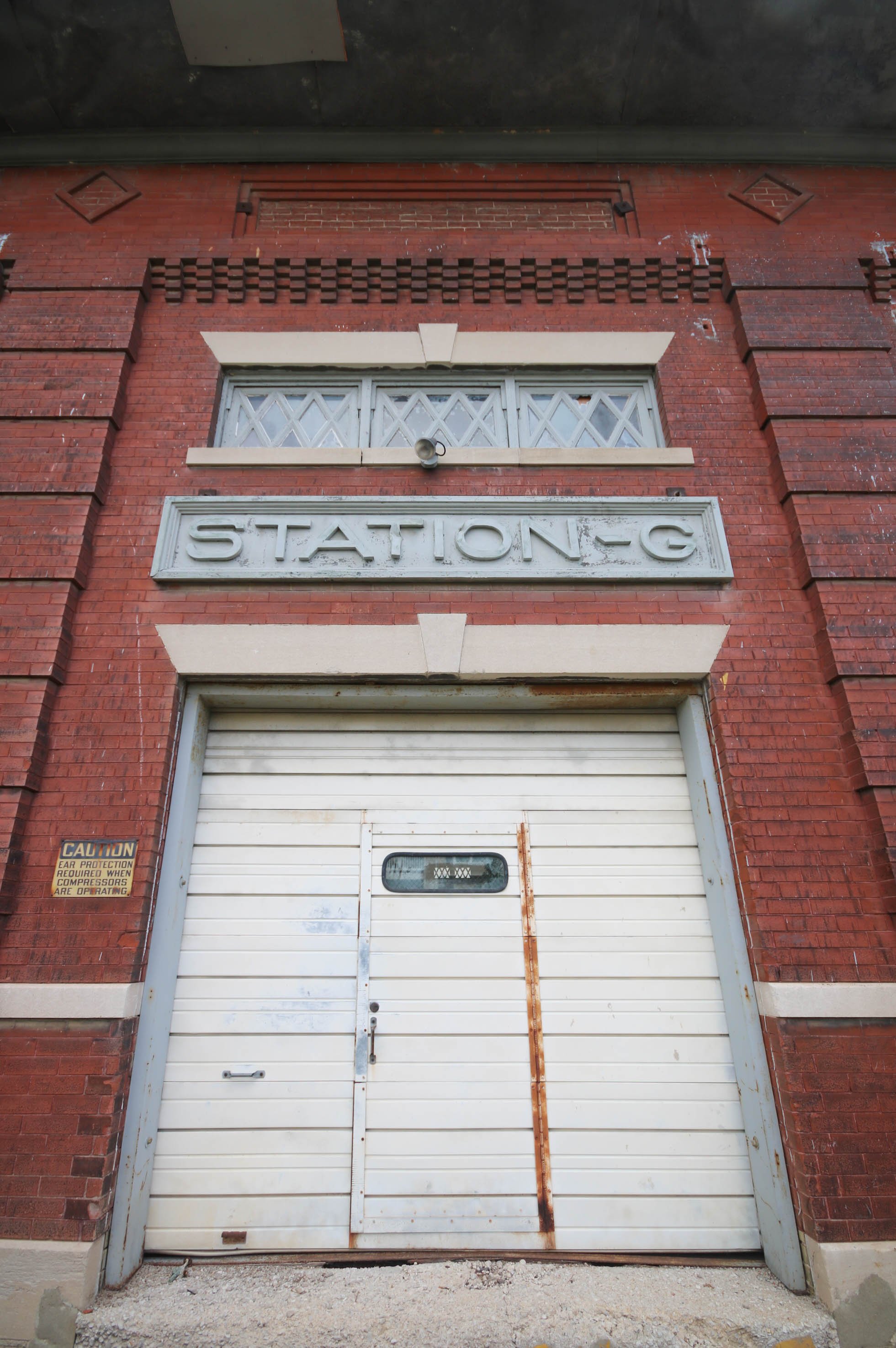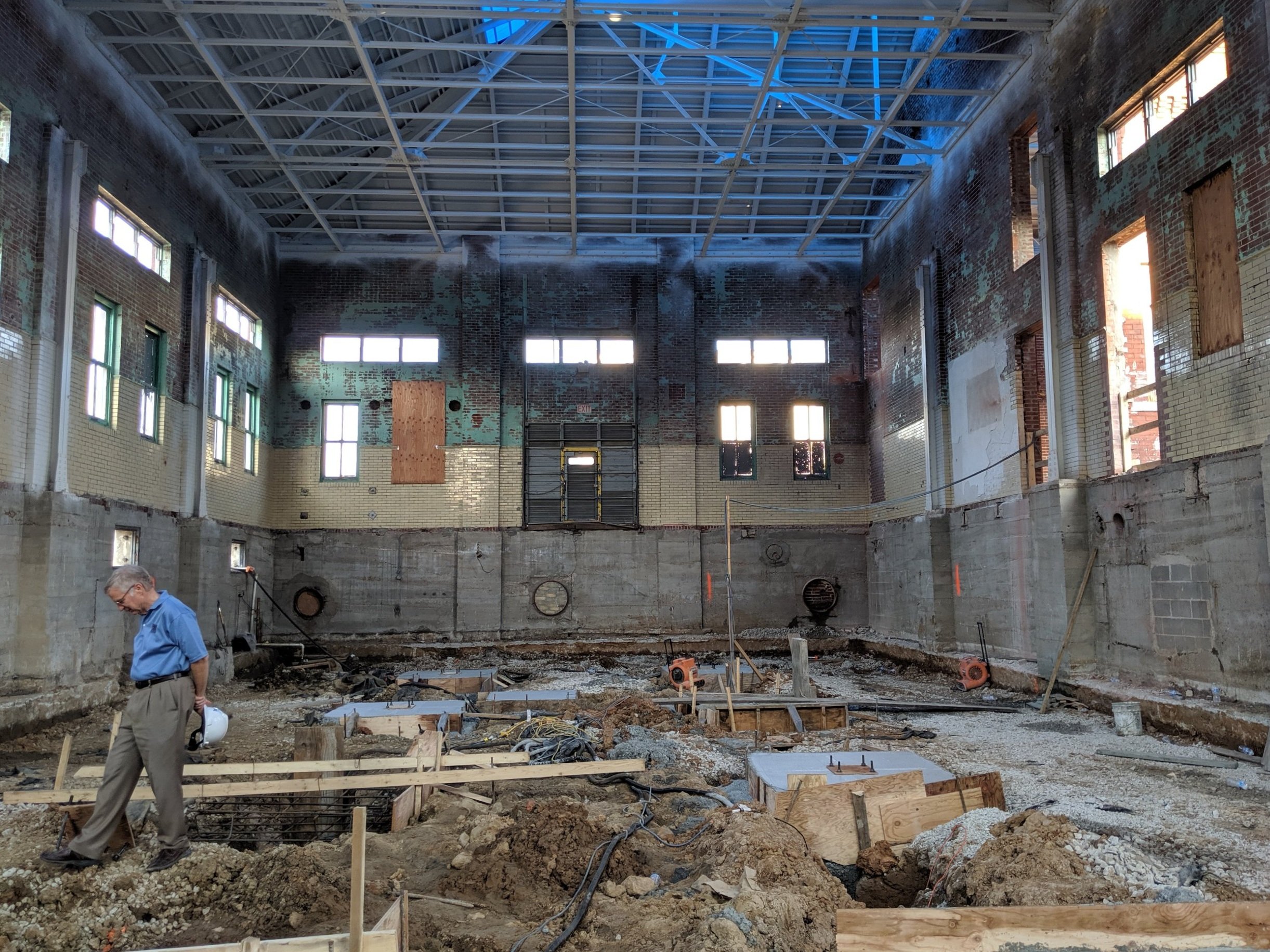How to Survive a Historic Building Renovation
“Let’s rehab this old building,” they said. “It will be much cheaper and easier than building a new building,” they said.
(Raucous laughter).
We’ve all heard the same sentiment expressed by a client. On the surface, it seems logical. Plus, historic building elements and materials accented with glass and sleek, modern details are a hot look right now. But renovation and rehabilitation are monsters in their own way. Below are four key topics Vessel has learned that are important to address if you are interested in exploring the historic renovation route:
Collect Building Documentation and information. Do some research on the building and its history. Was it an office building with an uneventful past? Or an old industrial building with hidden equipment footings reinforced with copious amounts of ridiculously thick rebar and poorly sealed, three-foot diameter pipes that you did not expect to continuously dump water through your basement walls? (Can you tell which one we have recently dealt with?)
Do you have well-documented plans, sections, and details of the building? It is easy enough to field measure the visible spaces and features of your building, but is there additional steel reinforcing inside your 18” brick walls that were constructed 100 years ago? Are there piles driven down to bedrock underneath the structural piers in your basement, or is the entire building really just supported on that tiny footing below your basement slab? Adding new architectural elements such as skylights or new concrete floor infills to your building will require detailed knowledge of the existing structural systems. Field verifying all of this can be extremely time-intensive, and correct answers could require damaging parts of the building. Locating these documents is often as simple as visiting your local building department and requesting existing drawings.
Research Historical & Building Codes & Regulations. As with any architectural project, you’ll need to be sure your design adheres to whatever building codes reign in your jurisdiction. Your city and state will also have their own regulations governing historic preservation, renovation, and rehabilitation. If your building is listed on the National Register of Historic Places, there will be additional federal historical preservation laws, including following the Secretary of the Interior’s Standards and guidelines for historic preservation. Your entire design will need to be submitted to and approved by each local, state and federal organization with jurisdiction over your location or building. They often require revisions and negotiations, which bumps you to the back of the review line again. It is a great idea to hire a Historical Consultant, who understands this process, to spearhead this portion of the project.
Tax Credits & Funding. A bit of good news for your budget – historical renovation projects often qualify for federal funding and tax credit programs. If there are contamination issues in your building or on your site, there are various avenues you can explore to apply for funding to aid in addressing those problems. Our federal, state and local governments do not want buildings sitting dilapidated and empty, dropping property values and leading to compromised safety in surrounding neighborhoods. We have not developed a perfect system, but it is encouraging to see efforts are being made to encourage preservation and revitalization of historical buildings and districts.
Please understand that these historical tax credit programs do not make historical renovation an easy investment. They merely help offset the exorbitant hidden costs that are sure to pop up through – what will inevitably be – a complex design and construction project.
Build a Problem-Solving Team. Addressing the aforementioned topics should get you off to a manageable start on your historic renovation project, however, you need to be prepared for the mountains of unforeseen issues you will likely encounter during construction. This is a crucial topic to consider upfront when you are selecting your project team. Assembling a well-rounded team of go-getters and problem solvers who can work together and tackle each challenge with gusto launches you on the most likely path to a successful historical renovation project.
We live in a city primed for undertaking historical renovations. Recent trends have seen an interest in revitalizing neighborhoods such as Forest Park Southeast and the Central West End with fantastic results. There is a certain scale and charm to the streetscapes and the vibe of these areas that is hard to replicate with new construction. Taking on a project like this is no small task, but a strong, committed team with a vision can truly transform these forgotten buildings into one-of-a-kind spaces that celebrate their past and look to a future they did not know they had.
Sara Ferguson, Architect








